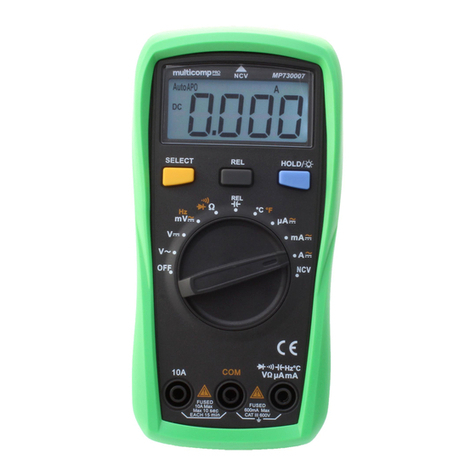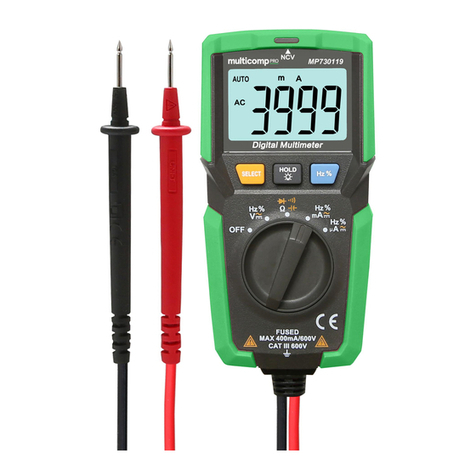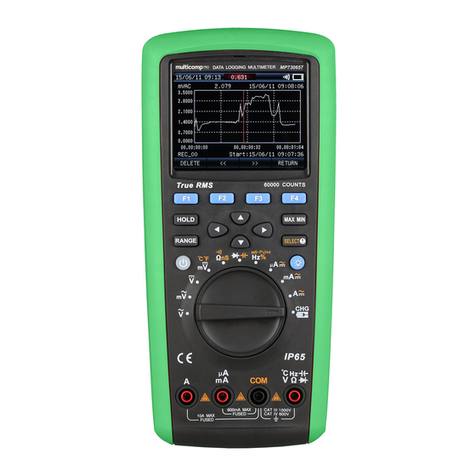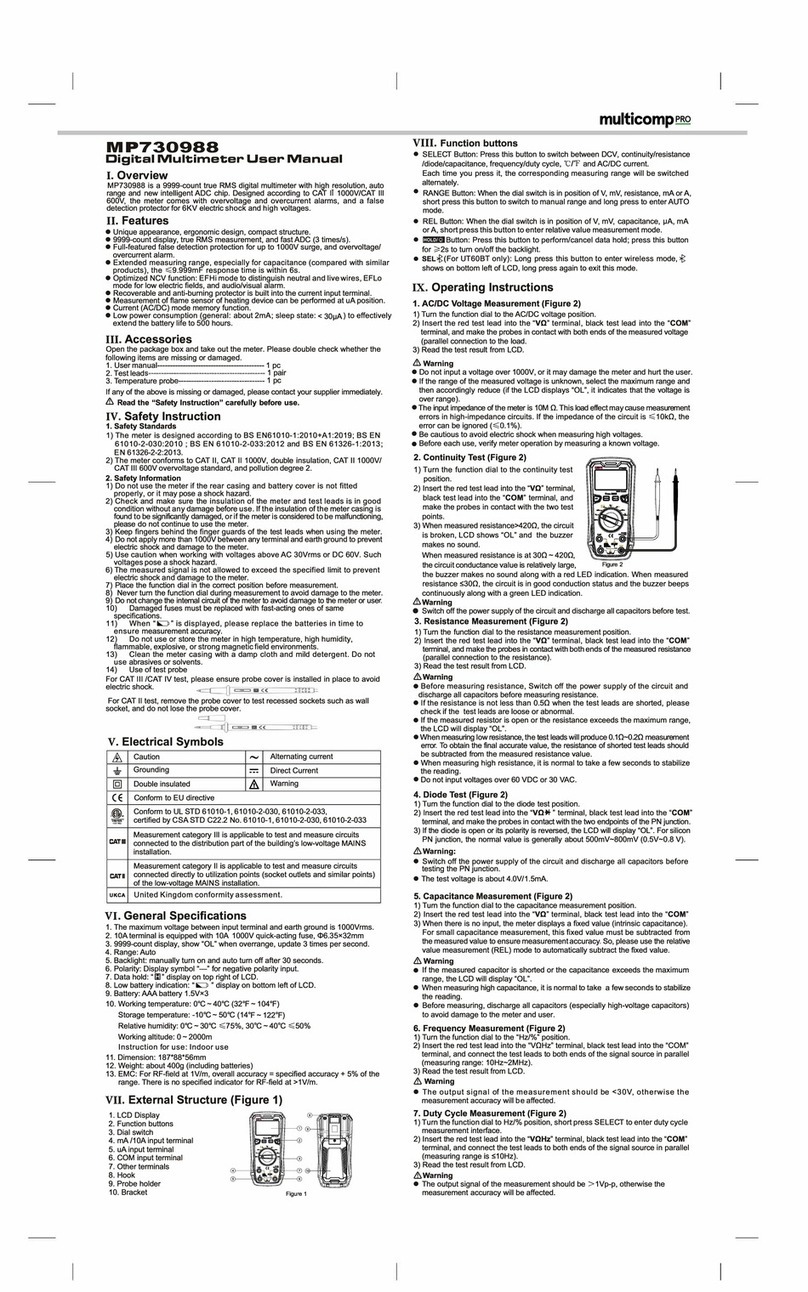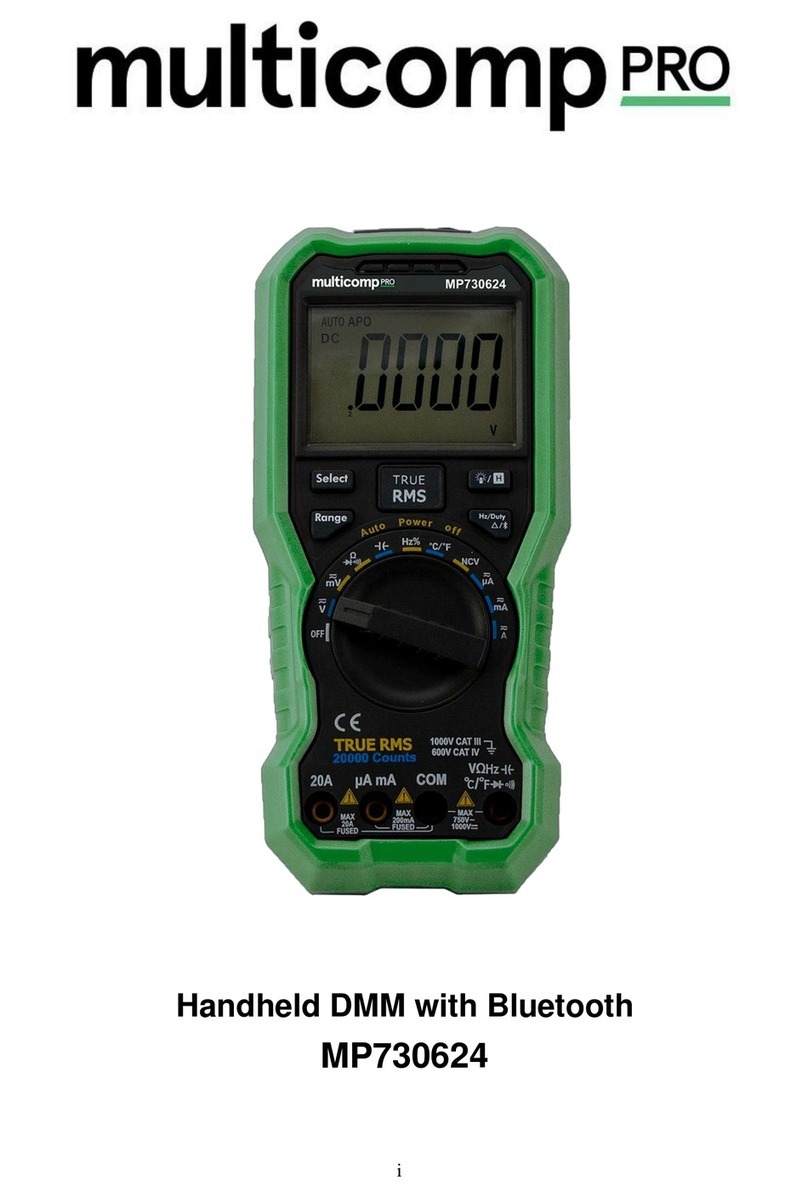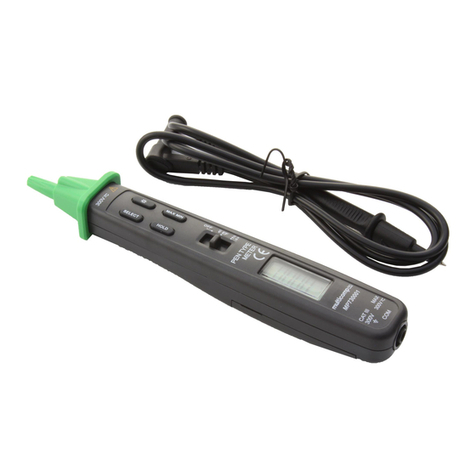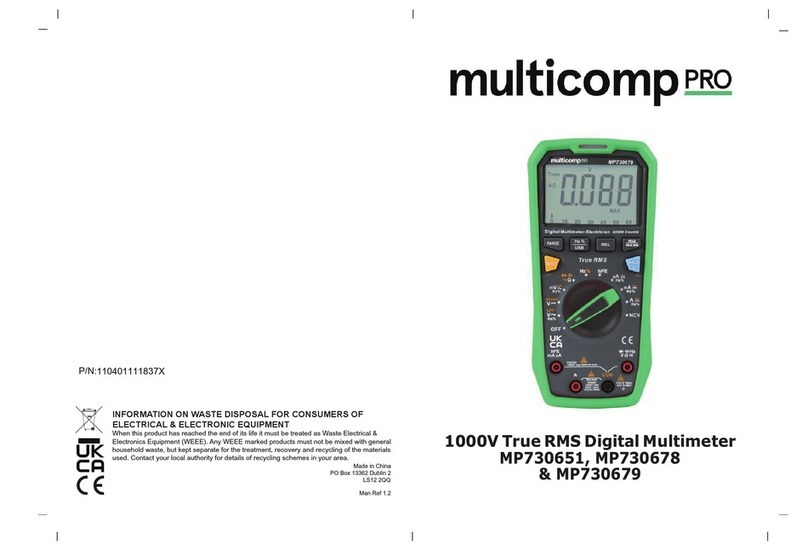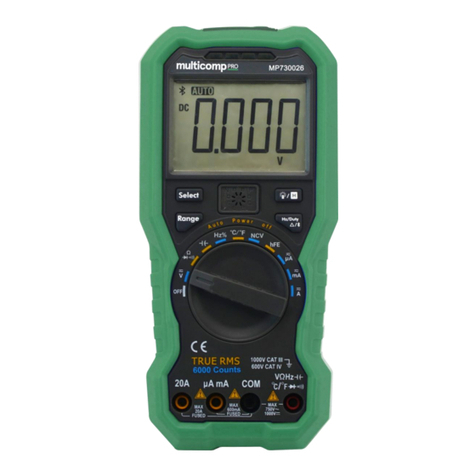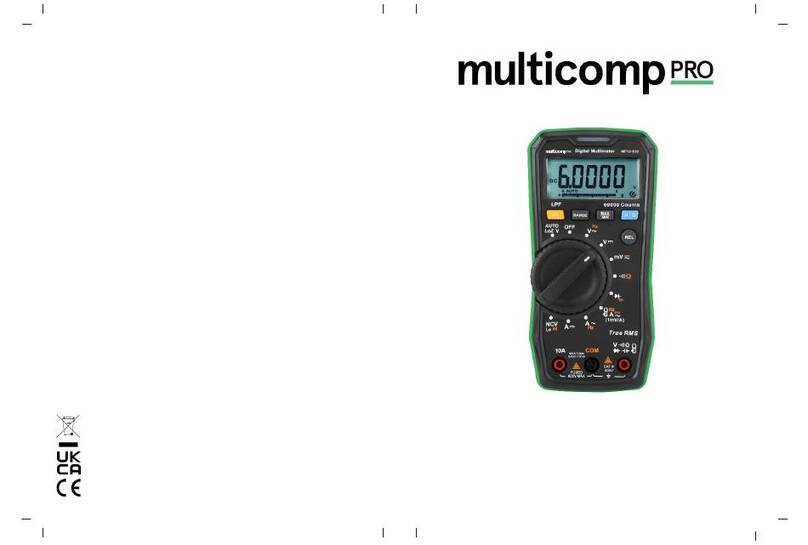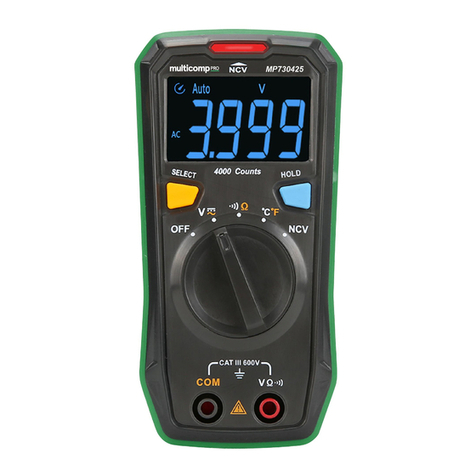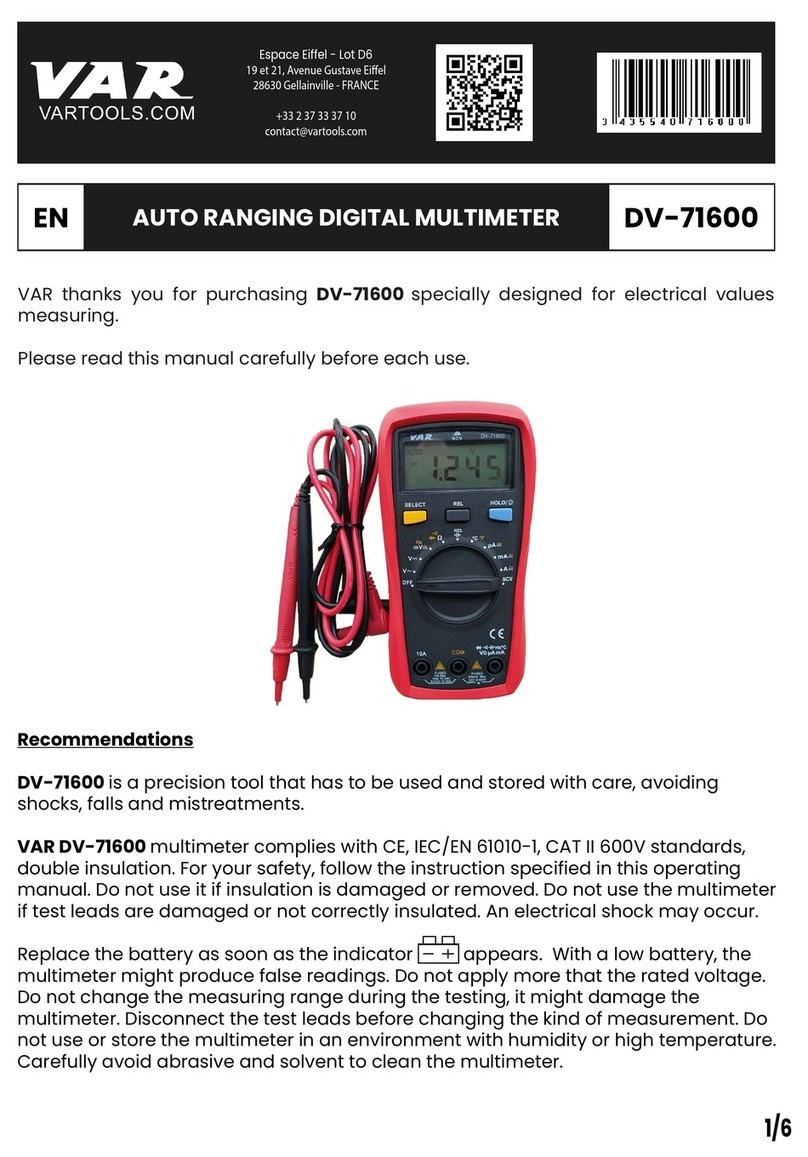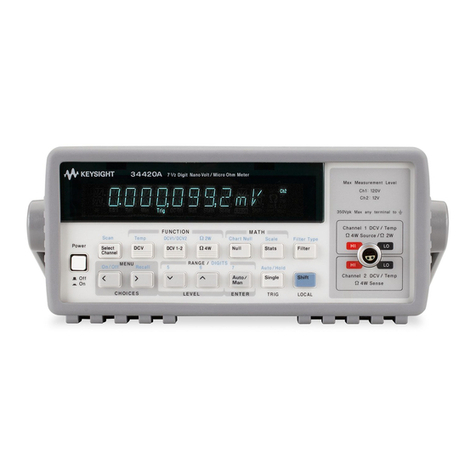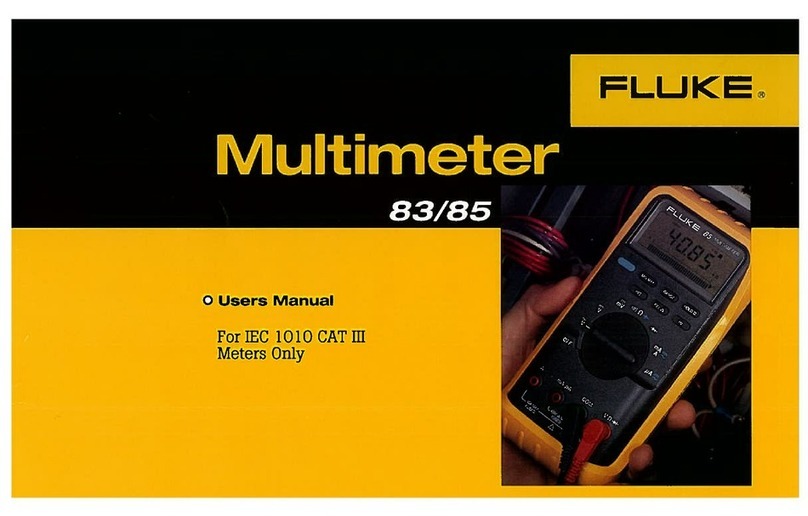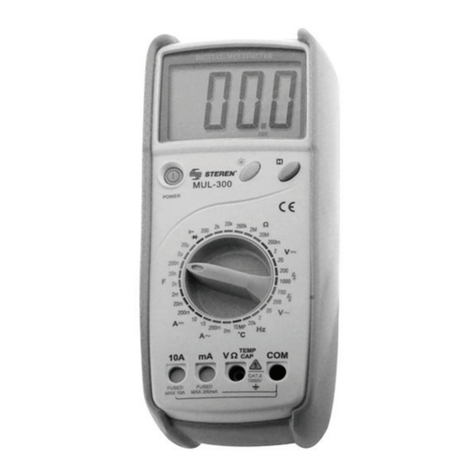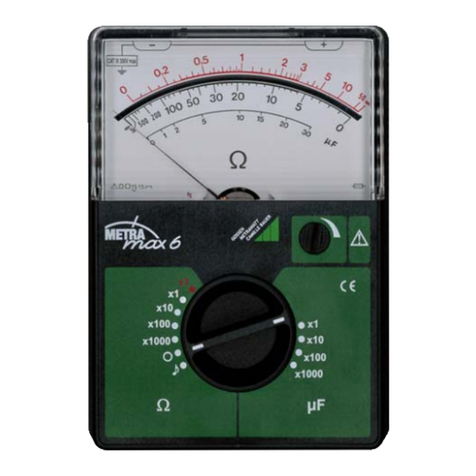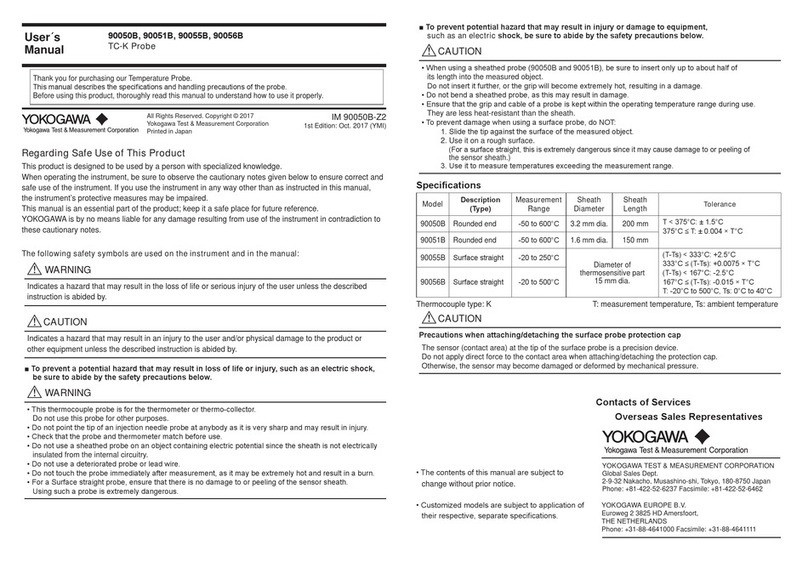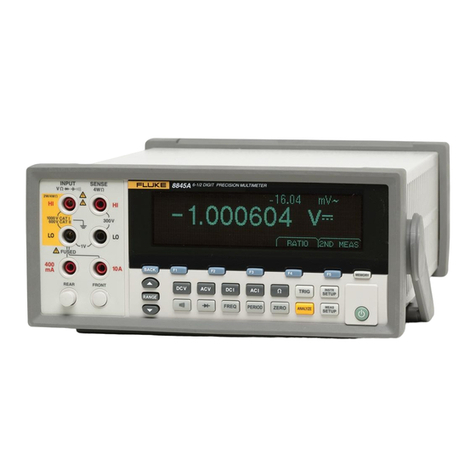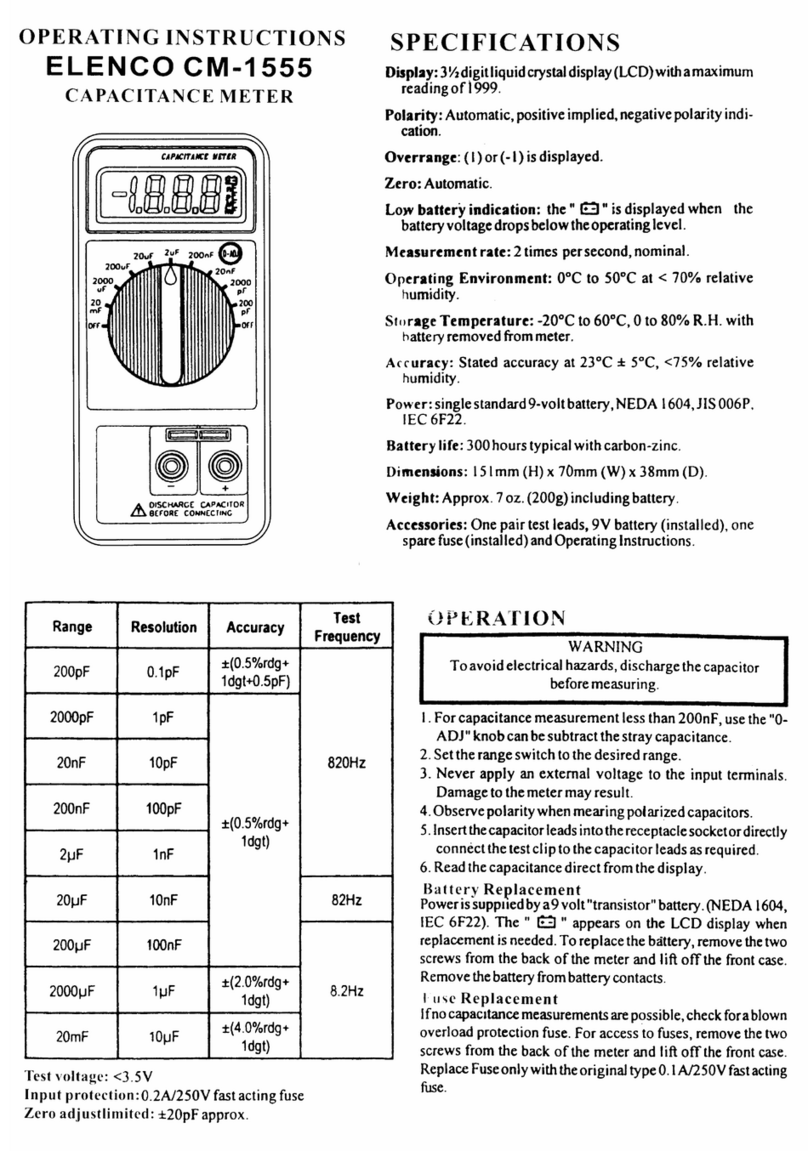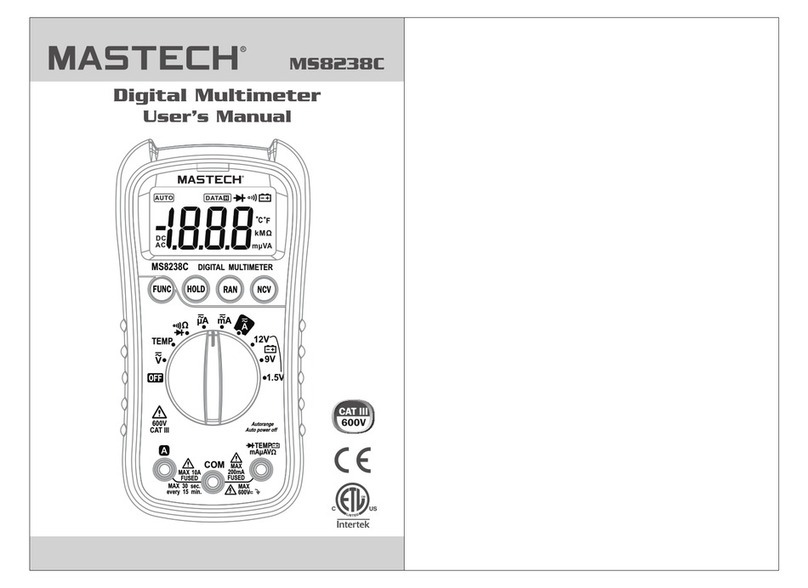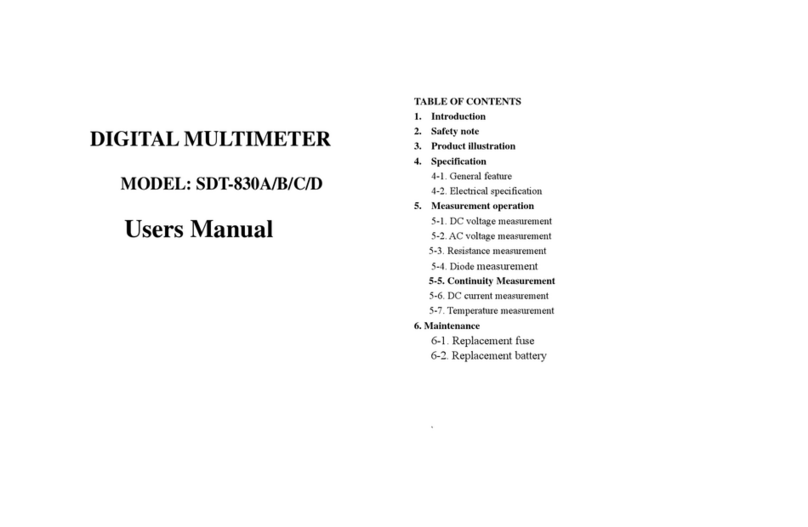
Table of Contents
1.Safety Information....................................................................................................1
Safety Terms and Symbols................................................................................................... 1
General Safety Requirements.............................................................................................. 2
Measurement Limits ........................................................................................................... 3
Main Input Terminals (HI Input and LO Input) Measurement Limits ....................................................... 3
Current Input Terminal (I) Measurement Limits ...................................................................................... 4
Sense Terminals (HI Sense and LO Sense) Measurement Limits.............................................................. 4
Measurement Category....................................................................................................... 4
2.Quick Start................................................................................................................5
General Inspection.............................................................................................................. 5
Dimensions......................................................................................................................... 5
Foot Stool Adjustment ........................................................................................................ 6
Front Panel Overview.......................................................................................................... 6
Rear Panel Overview........................................................................................................... 8
User Interface..................................................................................................................... 9
Power On ..........................................................................................................................10
Measurement Connections ................................................................................................11
3.Functions and Operations.......................................................................................13
To Set The Range ...............................................................................................................13
Measurement Speed..........................................................................................................14
Basic Measurement Functions............................................................................................14
Measuring DC Voltage............................................................................................................................ 14
Measuring AC Voltage ............................................................................................................................ 15
Measuring DC Current............................................................................................................................ 16
Measuring AC Current ............................................................................................................................ 17
Measuring Resistance............................................................................................................................. 18
Continuity Test ....................................................................................................................................... 19
Diode Test .............................................................................................................................................. 20
Measuring Capacitance .......................................................................................................................... 21
Measuring Frequency and Period .......................................................................................................... 22
Measuring Temperature ........................................................................................................................ 24
Dual Display.......................................................................................................................25
Data Hold ..........................................................................................................................26
